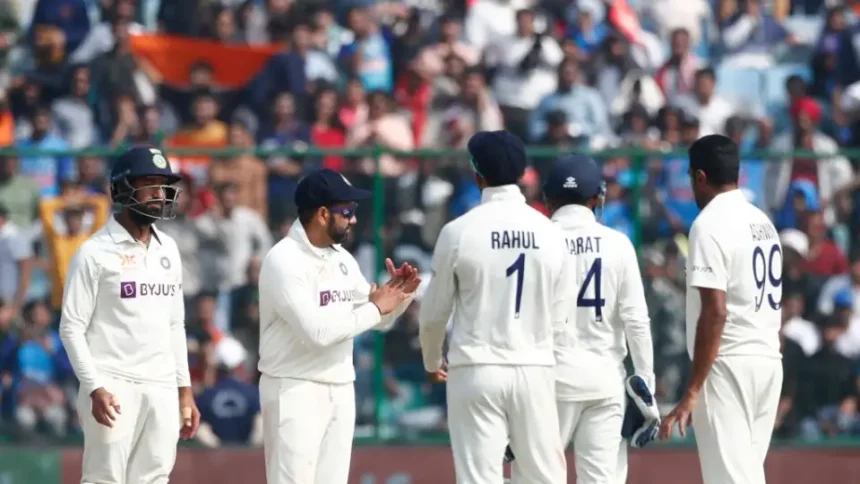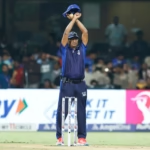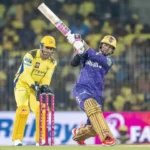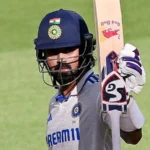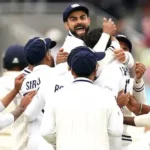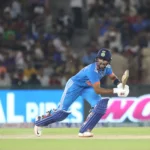In a progressive move to enhance fairness and accuracy in on-field decisions, the Board of Control for Cricket in India (BCCI) has implemented a significant upgrade to the Decision Review System (DRS) for the IPL 2025 season. For the first time in the league’s history, players are now allowed to challenge height-based no-balls and off-side wides via DRS—a development widely seen as a breakthrough in the application of technology in T20 cricket.
This rule change represents the IPL’s continuing evolution as a global leader in innovation, aiming to reduce umpiring inconsistencies and ensure critical decisions are not left unchecked in high-stakes scenarios.
What’s New in the 2025 DRS Update?
Until IPL 2024, players could only use the DRS to review dismissal-related decisions—such as LBWs, caught behinds, and bat-pad reviews. Under the updated rules:
- Teams can now challenge height-based no-balls, i.e., deliveries that pass the batter above waist height on the full.
- They can also review off-side wides, which are often subjective and depend on the batter’s stance at the moment of delivery.
- Each team retains their standard 2 unsuccessful reviews per innings.
- The reviews are available only for on-field umpire decisions, not for missed calls.
These enhancements align the IPL with trials already used in Women’s Premier League (WPL) and The Hundred, both of which saw positive reception and minimal disruption to match flow.
Why the Change Was Necessary
In recent IPL seasons, several high-profile matches were marred by controversial no-ball and wide calls in the death overs—many of which proved match-defining:
- A missed waist-high no-ball in the final over
- A questionable wide call leading to extended innings or pressure on bowlers
- Batters exploiting foot movement to manufacture off-side wides
These moments often sparked outrage among fans, coaches, and players. Until now, such decisions were non-reviewable, leaving captains and teams with no recourse. The enhanced DRS is intended to address these frustrations and elevate the quality of decision-making under pressure.
How the System Works
The upgraded DRS for no-balls and wides involves:
- Ball-tracking technology and AI-assisted vision systems to determine ball height and off-side alignment relative to the batter’s stance.
- Third umpires using replay angles and Hawk-Eye graphics to assess whether a call was correct.
- The decision is relayed within 30–45 seconds, ensuring the game continues without significant delays.
While the process is quick, it does demand precise camera calibration and real-time analytics, which the IPL’s advanced broadcasting systems are well-equipped to handle.
Early Impact in IPL 2025
So far in the season, several reviews have demonstrated the value of the new system:
- In a match between Mumbai Indians and Gujarat Titans, a height no-ball was reversed upon review, saving Mumbai a free hit in the penultimate over.
- During Rajasthan Royals vs. RCB, a wide call that could have shifted momentum was overturned in the final over, reinforcing fair play.
- Teams are now strategizing DRS usage more carefully, balancing reviews between dismissals and extras, especially in close contests.
Player and Coach Reactions
- Faf du Plessis: “This was long overdue. At this level, every run and call matters. The new DRS makes sense.”
- Stephen Fleming: “It brings accountability and balance. Umpires remain central, but now players have a safety net for crucial calls.”
- Smriti Mandhana, after its use in WPL: “It’s smooth, fast, and corrects the 1-2 game-changing mistakes.”
Even umpires have welcomed the addition, noting that technology reinforces their accuracy rather than undermines their authority.
In Summary
The inclusion of no-ball and wide reviews in IPL 2025 represents a major step forward for cricket’s integration of real-time technology. By closing a crucial gap in the Decision Review System, the IPL not only improves fairness but also boosts confidence in officiating during tense, match-defining moments.
As T20 leagues grow more competitive, these enhancements ensure the game’s biggest moments are decided by skill—not officiating errors.



